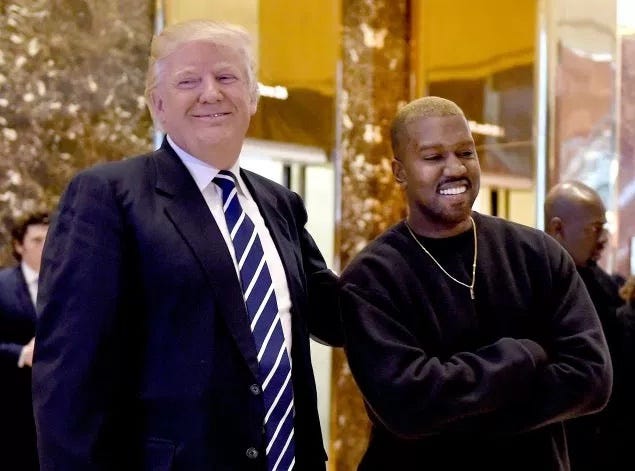Soccer Led Me To Embrace Every Part Of My Multiracial HeritagePosted in Articles, Autobiography, Canada, Media Archive on 2017-01-10 21:23Z by Steven |
Soccer Led Me To Embrace Every Part Of My Multiracial Heritage
The Huffington Post
2017-01-06
Geneva Abdul, Publicist & Writer
Toronto, Ontario, Canada
Born from the marrying of British and Trinidadian cultures, I defined my cultural identity through soccer when I decided to play for Trinidad and Tobago at the age of 14.
Growing up, my parents had never imposed their cultures on me — my cultural identity had always felt like a decision between Canadian, Trinidadian and British. It wasn’t until I had recently retired my soccer cleats when I’d realized I had never had to make the choice, that I could be all three.
As a woman I oscillate between essence and existence. As a woman of colour I participate in a more complex rigmarole of types. The quotidian experience of being asked “what’s your background” or being told “you’re pretty for a brown girl” and “I didn’t know brown girls were athletic” served as a set of ongoing reminders that constantly interpolated my cultural identity…
Read the entire article here.


